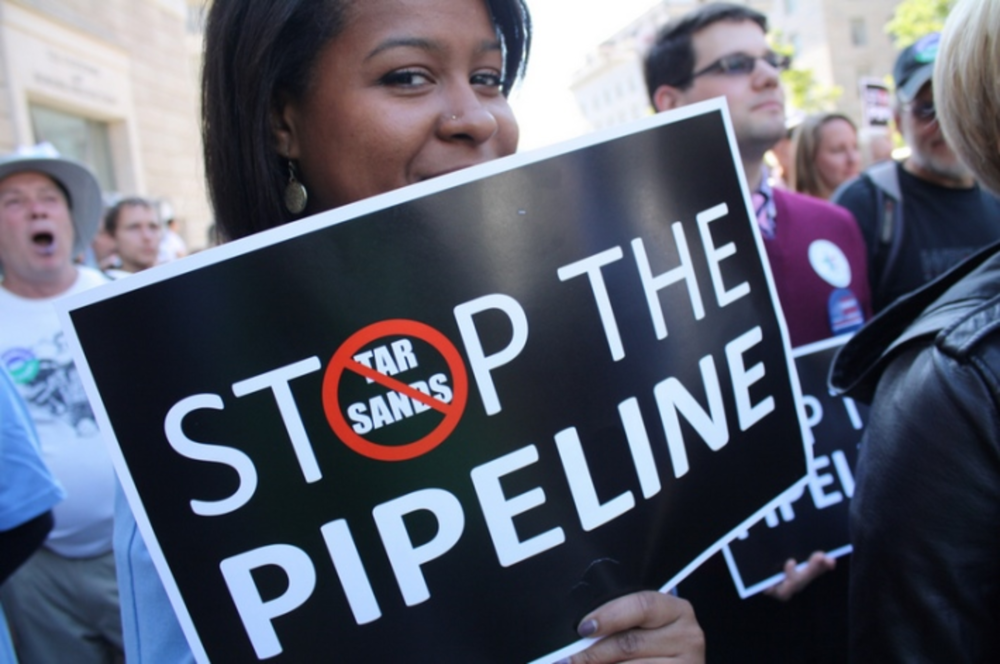By now, every marketer’s familiar with the Three R’s of customer engagement. It’s got to be relevant, it’s got to be real-time, and it’s got to make people rhapsodize about the brand. By those standards, Chris Thomas and his crew at Sierra Club hit a triple on Nov. 6.
At around 9:30 that morning, Thomas, the chief innovation officer of the environmental organization, was sitting at his computer monitor viewing a split screen. On one side President Barack Obama and Secretary of State John Kerry were on live TV announcing that the State Department had decided to reject the Keystone pipeline. On the other side was his email inbox, where at 9:36, the email below from Sierra Club executive president Michael Brune hit. It went out to the full list of two million-plus members, congratulating them for the part they played in deep-sixing the pipeline.
“I’m watching Obama saying they’re going to reject it, and three minutes go by and the email appears on my screen,” says Thomas. “This was 20 to 30 minutes before the Democratic National Committee email hit. Being first in the conversation fits with our strategy to be more about mobile and use engagement platforms that allow people to get back to us.”
Get back they did. Hitting the button in the email to send a note of thanks to President Obama were 54,460 members, while 84,596 chimed in with likes for the Sierra Club’s victory video and breaking news posts. Response rate for the email was 13%.
But it was a tech solution and not sheer commitment to the cause that allowed Thomas and his outreach team to pull the trick off. Not long before the Obama announcement, Sierra Club had decided to switch out its CRM system, retiring the made-for-nonprofits Blackbaud platform in favor of Salesforce.com.
“When it comes to customer engagement, we need to be more like Nike or Apple than like Greenpeace,” says Thomas. “We have a huge field organization that interacts with people on the ground and funnels information about them back into our CRM. So we had to ask, ‘How do we create a digital version of the field organization and use it to drive people back to us?’”
From previous jobs in publishing and with tech startups, Thomas, who has been at Sierra Club four years, was aware of the advantages a marketing stack could provide to what is essentially a large canvassing organization. “At the core of our solution was CRM that could integrate the online and offline world for us,” Thomas says. “We have no developers who can build apps or do tweaks for us. We have to go out and acquire these apps, so Salesforce was the no-brainer tool for us.”
Sierra Club’s real-time email itself faced a real-time challenge. Through contacts, the organization got tipped the day before that Obama was going to make the announcement. “We only got Salesforce up and running about five days before we heard. We didn’t know how we were going to do a full-list send,” Thomas says.
But it got sent, Sierra Club members got juiced, and Thomas got a lot of data to feed through his new CRM platform in the coming months. “We have this huge opportunity to test the system and now we’re getting all this data set up to see who these people are. That’s why we switched CRMs in the first place, to take it to the next level,” Thomas says. “Our field organization has events and interacts with people face-to-face. For us, it’s data and our ability to use it at scale to understand what moves these people and gives them a reason to respond.”






